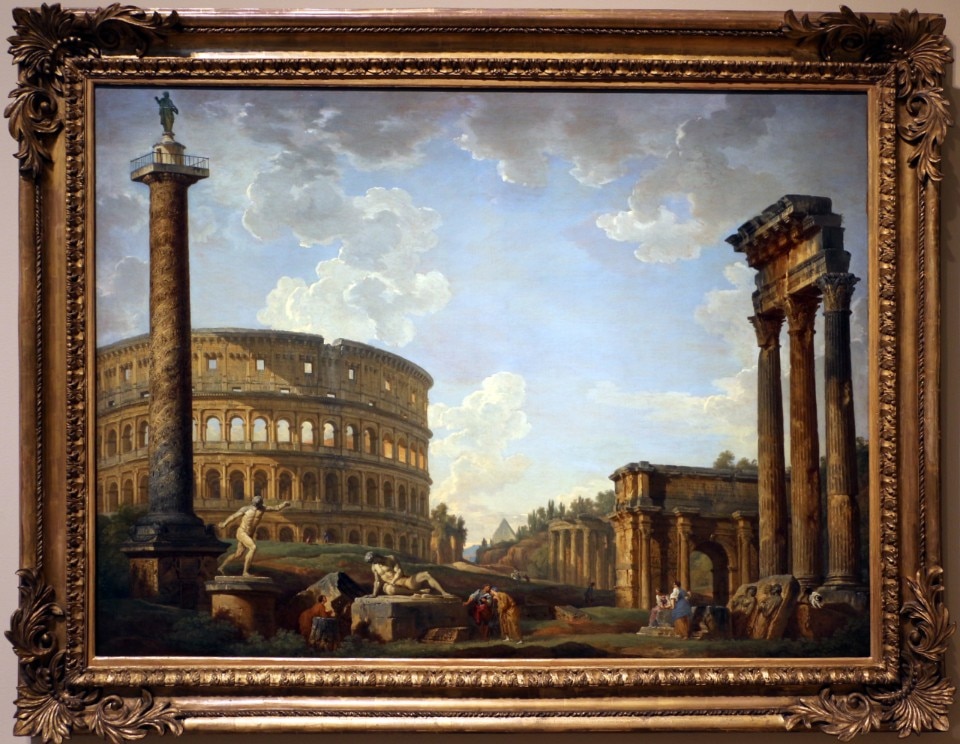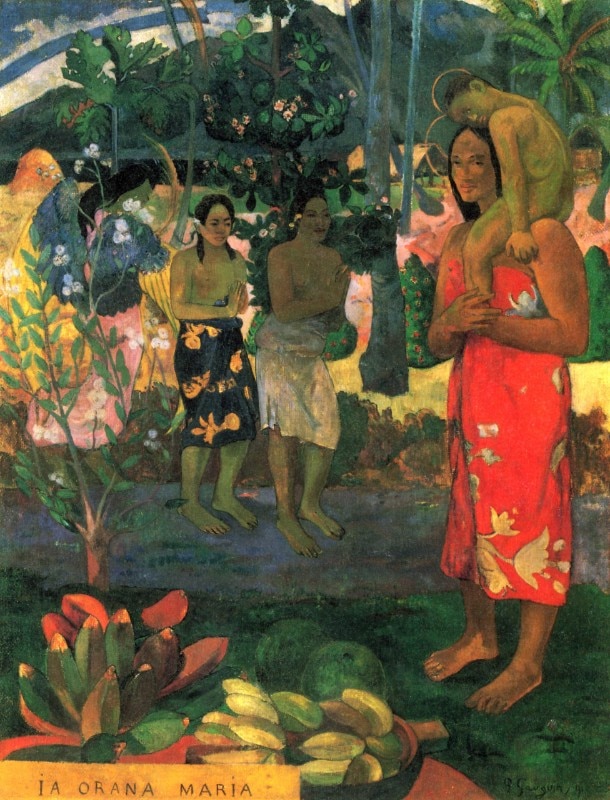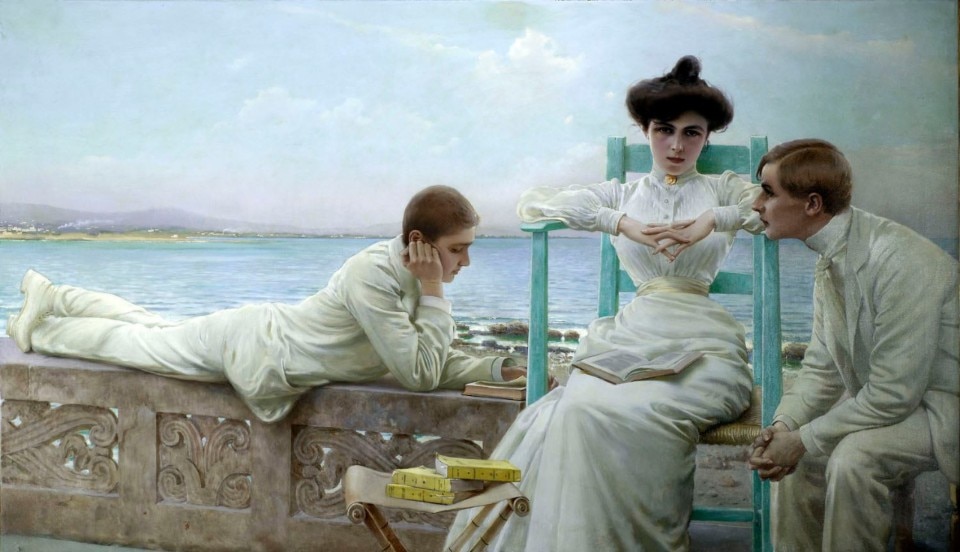Baudelaire’s Invitation au voyage made an excellent suggestion. It recounts, almost like a prayer, the beauty of travelling. Any place new, yet to discover, where everything is quiet, luxurious and voluptuous. From the past to the present, even during a pandemic, the journey is still this, especially in Italy: a way to meet art, from the cities that guard it to the works that offer it. To anyone who wants to be seduced.
Rome, an artistic point of reference since the beginning of the 17th century, a chosen and privileged destination for the training of intellectuals and artists from all over Europe for the richness of its collections of antiquities and for its many great masters from the Renaissance and the 17th century, for its marvelous ruins and for the charm of its monuments, is interpreted by many artists and described by some from completely new points of view. Giovanni Antonio Canal, known as Canaletto, Giovanni Battista Piranesi, Bernardo Bellotto, and Giovanni Paolo Pannini, renown artists of the Grand Tour, used to recreate Roman buildings with poetic freedom for all clients who wanted to discover that period. They re-proposed an ancient Rome, revised and corrected, representing some of the most significant buildings: Castel Sant'Angelo, the Aurelian Walls, the majestic Temple of Vesta, the Colosseum. The chromatic ranges of the blues of the sky, of the greens of the landscape, and the thick pictorial layer, of which one can even follow the brushwork, are typical characteristics of these artists, who recounted and gave glimpses of those holidays and cultured travels. Not only of Rome, but also Venice, Florence, Naples and Sicily, as Goethe tells us in his Italian Journey.

However, the nineteenth century revealed, from many points of view, the golden age of travel, where people still travelled to complete their educational and cultural process, but also and especially for other professional, political, sentimental, family-related and personal reasons. Unlike those of previous centuries, the vast majority of these journeys were accompanied by punctual and daily reports made by men of letters or artists expressed from time to time in epistolary, diary or pictorial form. A more romantic form, at the same time more real and true, was expressed by the brushstrokes of some artists who, from the second half of the nineteenth century until the early twentieth century, illustrated the landscapes and the process of discovering new places and views. Vittorio Maria Corcos and Silvestro Lega, just to name a few, interpret the landscape, and therefore the journey, as a decorative but also necessary element. With Corcos, the places become an adventure of the eyes: young bourgeois women, busy doing nothing, admire the sea with an elegance full of pathos. Diffused light, warm colors, the spatula and the use of a dense impasto are the protagonists of the creation of these works that use colour to describe the scene. In the painting In lettura sul mare, Ada Rotigliano, daughter of the painter's wife Emma Ciabattini, stares at the viewer with her deep blue eyes, like the sea behind her, of which she seems to be the owner, and her lips, so sensually tinted, make her attractive and captivating at the same time. That flat sea and those indecipherable places tell the life of an elite who at the time traveled almost for duty. Silvestro Lega painted different places, where country life, pervaded by a gentle and tranquil feeling and daily poetics, was the true subject of the work.

Then, coming to a more contemporary painting, the landscape is transformed and told through the exotic charm of the characters. Paul Gauguin, perhaps the best-known artist who narrated places, overcame Impressionism to seek a more expressive painting. He provided remarkable suggestions to the French expressionists of the Fauves through strong and intense colours, applied to flat backgrounds. Gauguin was fascinated by the Pacific islands and went on that journey to escape the worldly and complicated life he led in late 19th-century France. Deeply interested in the culture of these places, the idols and traditional religions of the peoples of the ocean, the French painter wandered the archipelago in search of inspiration. Fascinated by the tiki and the Polynesian religion, he inserted, in many of his paintings, local cults mixed with elements of Christianity. His madonnas became earthly, colourful, often represented in gardens, which in the imagination of a past painting resembled the Garden of Eden, but which he had found and lived in reality.
See on these canals those sleeping boats whose mood is vagabond; it’s to satisfy your least desire that they come from the world’s end. And so, we keep walking, not to escape, but to grow and discover the meaning of our life.
Opining image: Vittorio Maria Corcos, Lettura sul mare, 1910 circa


